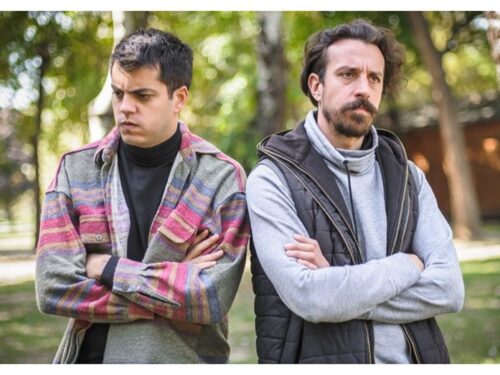
It was August 22rd, 1978 and my very first day as a freshman at Boston University’s College of Fine Arts. All of the theater school students were gathered together in the mainstage for a welcome speech by the school’s director. As I looked around me, I realized it was a very diverse group of young people, all with stars in their eyes, just like me.
And within a week after I started taking classes in acting, movement, and voice, it dawned on me that I was in a minority; out of a class of 45 freshmen, I was one of 5 straight guys in the entire group.
Now, let’s remember, that this was a long time ago…in my conservative high school literally no one was out of the closet, singer Anita Bryant was weaponizing Florida laws against gays, marriage equality was just a dream, and it was just 9 years after the Stonewall Uprising where NY City’s gay community successfully fought back against decades of police harassment.
So here I am – brand new in college and coming from a very conservative background – working with people who were very different from me. But you know what, being different from each other was what made the work so successful. We were there to learn the craft of theater and to work collaboratively, to leverage each other’s unique talents, skills and experiences to create art together. Creating live theater is truly a group effort where the whole is much greater than the sum of the parts, just like it is working in any organization.
For most of us, it’s our job to work together with people who are different from us, in an environment where everyone’s talents and skills are leveraged, where everyone feels safe and can thrive doing their best to meet goals and succeed, as a team. I was proud of the diversity of my fellow BU School of Theater Arts actors, some of whom – like Jason Alexander, Michael Chiklis, and Julianne Moore – went on to have fabulous careers.
Bottom line, these days, working together successfully and respecting each other’s differences is what it’s all about.




